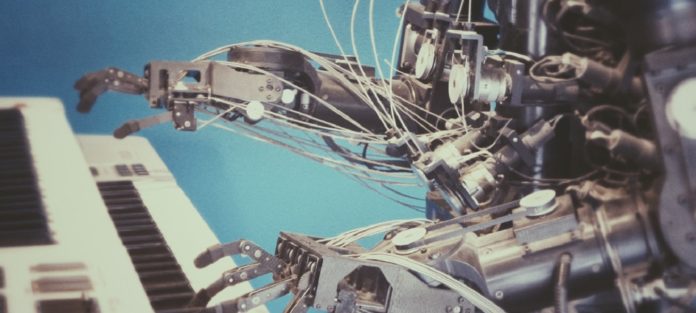In a previous blog post, we explained the concept of Robotic Process Automation (RPA), the business processes where robotic tools may start to be adopted and its similarities with Artificial Intelligence.
Robotic Process Automation on its own is not enough
If RPA tools allow businesses to free up time for team members to concentrate on more value-added tasks that require judgement and experience, on its own, RPA will struggle to generate the savings and efficiencies of which it is capable. To achieve the full value RPA and cognitive technologies can deliver, organizations need to use additional tools to decipher the vast amount of customer and operational data collected and generated by the robots as they work on each process.
Robotics tools in and of themselves are generally very poor at providing end-to-end process intelligence. As the robots work at an individual user, detailed in-process level, they do continuously gather a degree of data and monitor their own local activities. However, robotic tools do not provide the broad visibility into the health of the overall process that is needed to assess, for example, the impact of automation on service levels and to provide the necessary intelligence to identify where process improvements can be made.
What is Operational Intelligence?
Operational Intelligence (OI) is the latest implementation of data analytics to be used by organizations to drive business improvement. OI improves on previous analytics which simply reported on what had happened in the past, to reporting on what is happening now, making recommendations and raising alerts in real time based on established thresholds.
OI platforms allow the organization to respond quickly to changing business conditions, and predict process states and outcomes based on trends analyzed from a baseline data set within the organization’s data.
Successful Operational Intelligence tools combine:
- Customer analytics that is an analysis of customers’ data and activity to understand their behavior and improve the customer experience, increase sales and retention.
- Operational analytics to measure and maintain quality, manage compliance and reduce risk, manage demand and drive business process improvements based on how efficiently transactional processes are completed.
- Application of an appropriate methodology, knowledge and experience to identify the right metrics.
It is essential, however, that the organization and its leadership act on this information and make the improvements needed to business processes, whether humans, robots or both conduct the processes.
Why Operational Intelligence is key for RPA
OI tools enable users to make faster, smarter decisions. They allow an organization to combine data from across robotic, transactional, workflow, analytical and database systems to create a single customizable view of the key metrics and performance indicators related to the organization and its processes. Organizations can then make the most of their operational data and the insights provided to aid decision making, change or reengineer processes as needed, and develop and deliver new products and services faster and more effectively.
Successfully implementing an OI tool to support Robotic Proces Automation requires integration with the transactional RPA system and embedding the outputs and analytics in the behavior of the people performing the operational processes to build a culture of continuous improvement.
Axway Decision Insight, is a good example of operational intelligence tool and can be implemented separately, and complementarily, to an RPA program, allowing organizations to derive more value from an existing implementation or get the full value from the start. The combination of Axway Decision Insight and RPA gives an organization invaluable insight into its processes, including identifying bottlenecks and disruption to normal flows, improvements to utilization and productivity, and improvements to the customer experience. By integrating Axway Decision Insight with RPA and acting on the insights and information gained, organizations can benefit from the advanced analysis Axway Decision Insight can provide.
